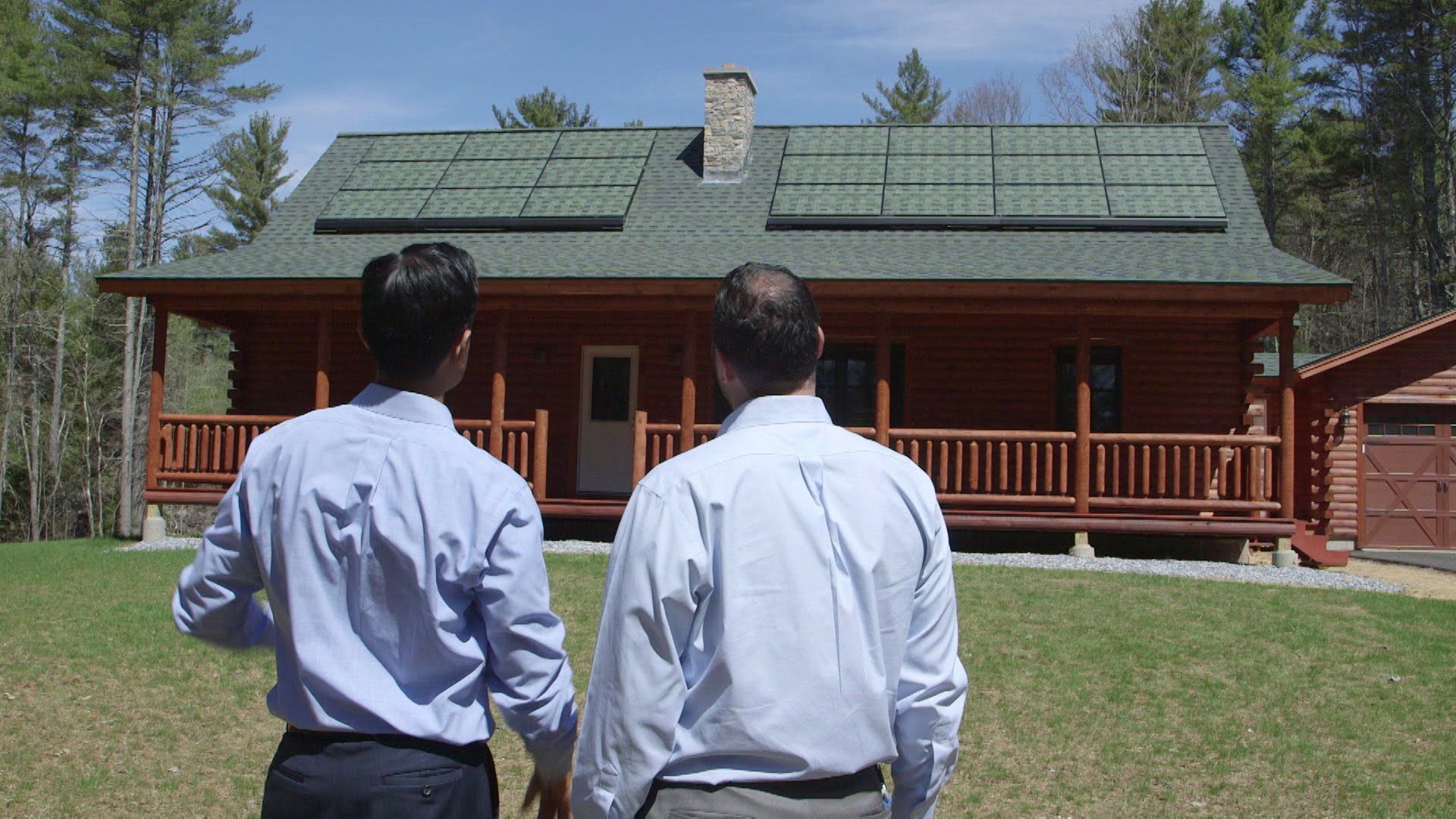Feb 26, 2017
MIT spinout Sistine Solar can print any image on photovoltaic cells
Posted by Karen Hurst in categories: solar power, sustainability
Nice.
MIT researchers have done even better. MIT has spunout a company called Sistine Solar that has developed a technology to print any kind of image on a skin that can be applied on solar panels, which change the appearance of the photovoltaic cells from all angles, without compromising on their capacity to generate electricity. Founded by the Sloan School of Management at MIT, Sistine Solar hopes to increase the adoption of clean energy with solar panels that mimic the surroundings or environment.
Continue reading “MIT spinout Sistine Solar can print any image on photovoltaic cells” »

















